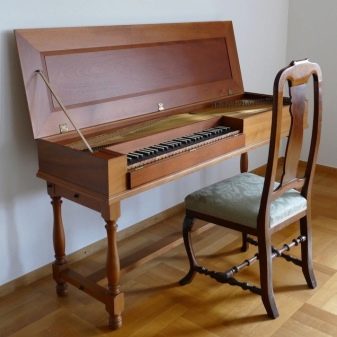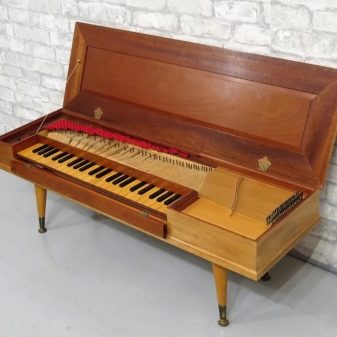Features of the clavichord and the history of its creation
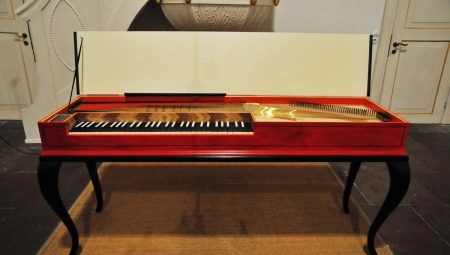
The clavichord is the ancestor of the modern piano and hammerklavier, "born" in the Renaissance, and a favorite of all of Europe. Forgotten for almost a century, now, with the growing popularity of baroque music performed on ancient instruments, the clavichord has again become in demand.
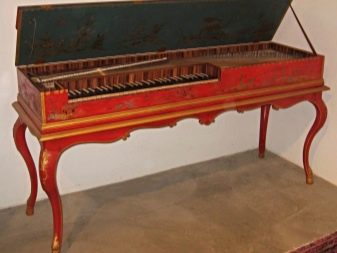
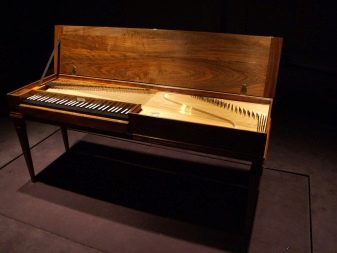
What it is?
A keyboard stringed musical instrument consists of a body with a keyboard that is identical to the keyboards of other keyboard instruments. Its main difference from a piano is that the sound is obtained using the so-called tangent mechanics.
Tangent is a copper plate attached to a key. Pressing a key causes the tangent to press against the string, dividing it into two parts:
- vibrating and therefore sounding;
- deaf, muffled by a braid.
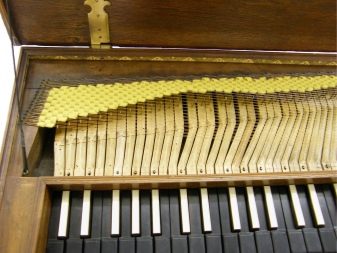
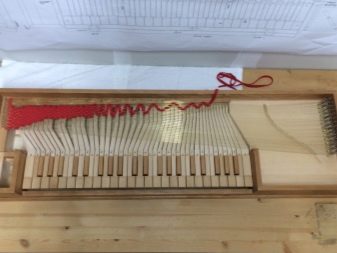
The instrument has the quietest sound among keyboards, which does not interfere with the expressiveness of the playing. This intimacy led to the use of the clavichord as a home, accompanying and educational instrument.
The heyday of clavichord music fell on the 17th-18th centuries, when the classical works of the leading figures of composition were written for him: Bach, Mozart, Beethoven. In the 18th century in Germany, the expressiveness of the instrument was used in their work by sentimental composers: J.K.Bach, D.G. Türk, K.F.D Schubart.
With the invention and subsequent growth in popularity of the piano, the clavichord almost went out of fashion.
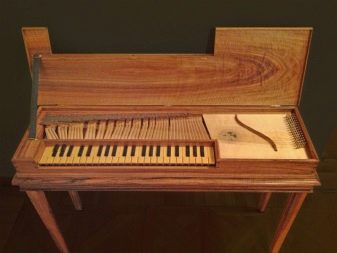
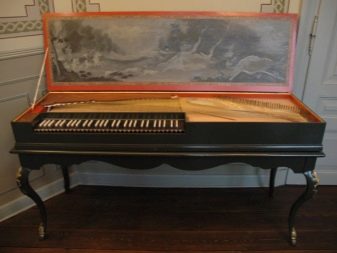
Structure and sound
Initially, the instrument was small, and when played, it was simply placed on a table or on your lap. This was due to the fact that folk musicians used it at first. Then, for ease of use, four legs appeared. The body and stands were made of wood, the strings were made of copper.
Often the double strings are strung perpendicular to the key positions. One string, depending on where and with what force the tangent touches it, sounds different: higher or lower. The double strings were tuned in unison.
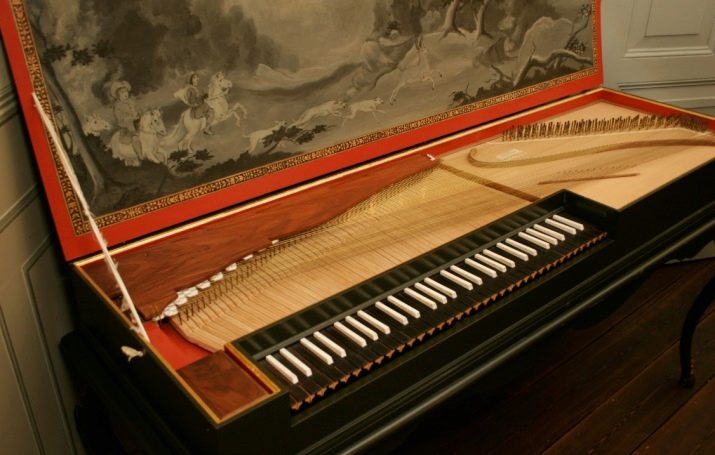
There are two types of clavichords:
- connected - one string or chorus of strings is used for 2–4 adjacent keys (for 46 keys - 22–26 strings);
- free - the number of keys corresponded to the number of strings.
There is a characteristic limitation for the bound type - it is impossible to take a second, since the same chorus of strings is used.
The tenderness and expressiveness of the sound are caused by a special, inherent only to the clavichord, method of sound production - a delicate touch of the key. A slight wiggle of the pressed key gave the sound a vibration uncharacteristic for other claviers.
Interesting! This method of playing was invented by the son of Johann Sebastian Bach, the outstanding clavichordist Philip Emanuel. In addition to vibrato, the musician used various musical "decorations" in his playing.
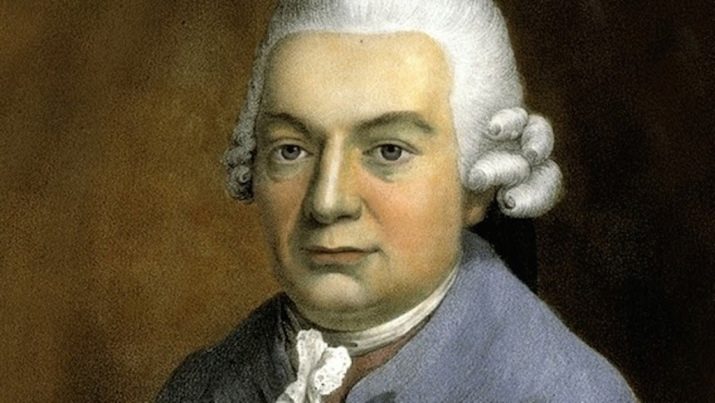
F. E. Bach wrote the first treatise for clavier "Experience of the correct way of playing the clavier" (Versuch uber die wahre Art das Klavier zu spielen).
There were versions of the clavichord with a pedal and several manuals, such instruments were used by organists for training and practice.
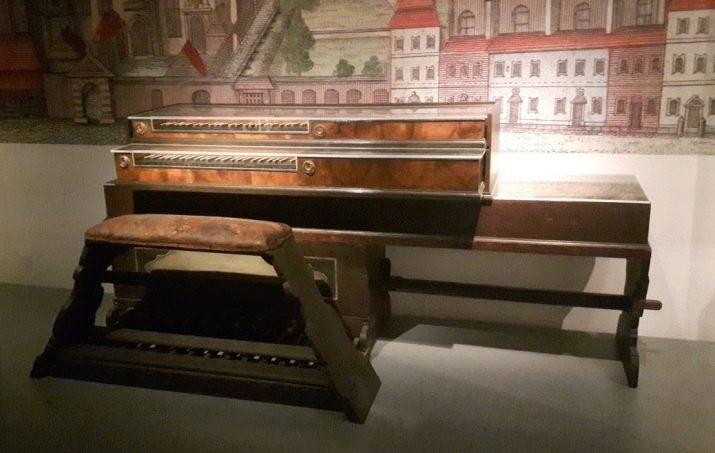
The temperament systems used when playing the clavichord did not differ from those used for harpsichords and organs (with the exception of linked clavichords, where the temperament was set by the master who made the instrument). The quiet sound that distinguishes the clavichord from other similar instruments is caused by the peculiarities of sound production - when a key is pressed, the tangent associated with it hits the string, limiting its sounding part and reducing the amplitude of the strings vibration.
Along with this, the clavichord makes it possible to produce sounds that are more dynamically diverse than the harpsichord.
The mechanics of the instrument allow for diminuendo and crescendo, but more delicate and sophisticated than the piano.
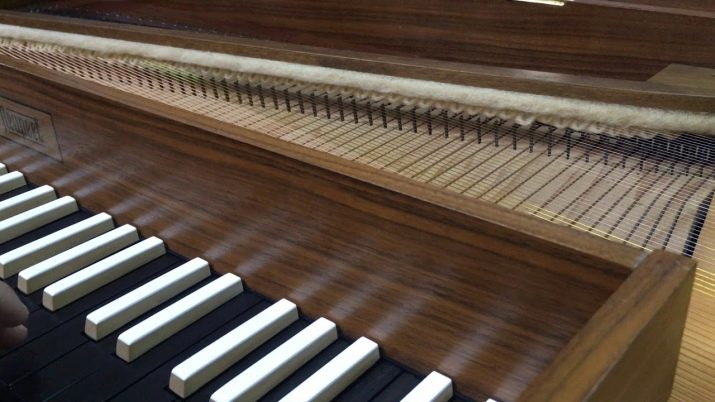
The ease of sound extraction and the simplicity of the device made the instrument popular with musicians for many years.
Musicologist I. G. Walter in his treatise "Musical Lexicon" calls the clavichord "the first grammar" of any performer. Sebastian Virdung, who lived in the 16th century, gave the following advice to a student: first, turning to the clavichord, having mastered it, you can easily comprehend playing the organ, clavicimbal and any clavier.
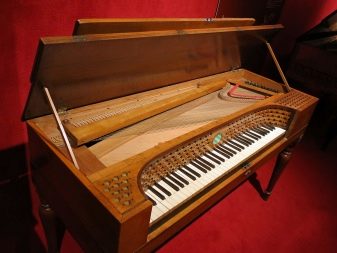
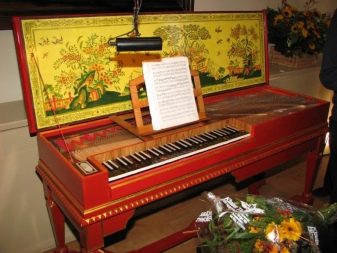
History
The history of the piano and clavier culture goes back almost five centuries. Until the end of the 18th century, the period of, in fact, clavier art lasted. It was at this time that several keyboard-string instruments appeared: the harpsichord, the clavichord, and only later the piano.
Originated during the Renaissance in Italy, the clavichord evolved from an even older monochord. Before the invention of the clavichord, only the organ had a keyboard.
The first mention is found in ancient documents from the end of the XIV century. A description and a drawing of the 15th century have survived to our time. The first instrument that has come down to us, dating back to the middle of the 16th century, was created by Domenico, a master who lived in Italy. The rarity is kept in Leipzig, in the Museum of Musical Instruments.
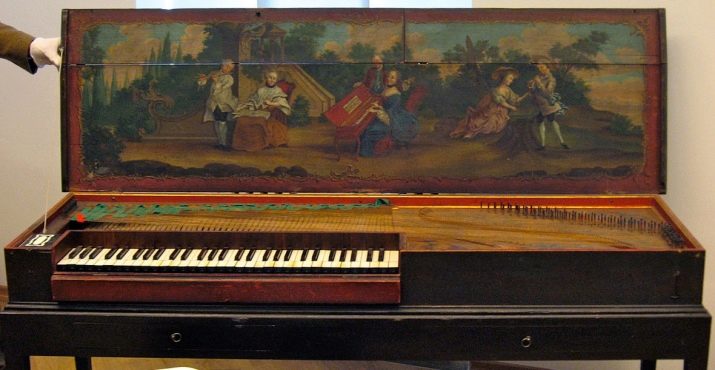
Most of the vintage clavichords are of the related type. The first free-type instrument with three pedals was built in 1726 by the master from Saxony Daniel Tobias Faber. It became possible on it: performance of any intervals in all keys, coherent performance of passages, the ability to choose temperament.
The best instruments were made in Germany - the workshops of G. Zilbermann, K. G. Zubert, the Schmal dynasties, I. P. Kremer, Schidmeier. And also in Sweden - master P. Lindholm. Production continued until about the 30s of the 19th century.
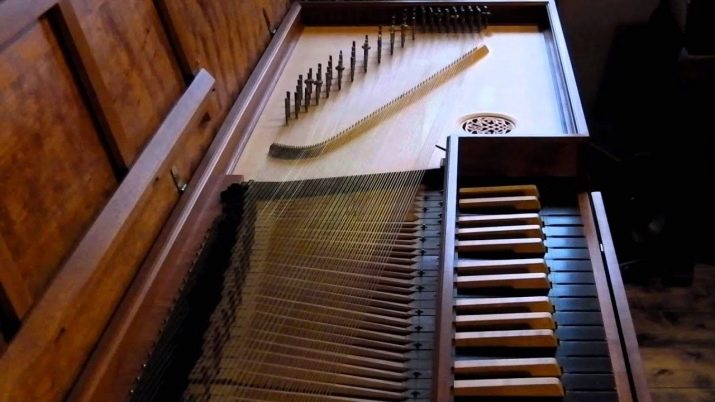
A musician from Switzerland A. Dolmech tried to revive the culture of traditional performance of early music for claviers in the late 19th - early 20th centuries. For this, he built clavichords by order of English performers of early clavier music.
The last composer to write classical music specifically for pedal versions of the clavichord was Ferruccio Busoni, an Italian musicologist and conductor.

Evolution
The first clavichords were made in the form of rectangular tables. They even met in the form of a box, a book. Instruments like these were luxuries and were for fun, not serious music.
Until the end of the 18th century, the versatility of musicians was characteristic. There was no division into composers, performers and teachers. The basis of the performing arts was improvisation. The need for new expressive means in music led to the expansion of the range of the clavichord sound. At first it was two and a half octaves, from the middle of the 16th century - four, then it grew to five octaves.
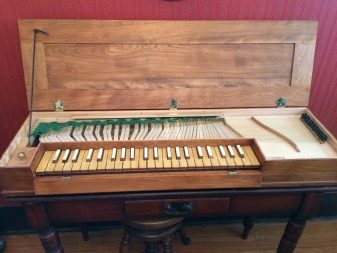
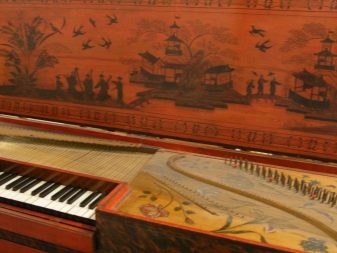
By the 18th century, some of the clavichords had a 1–2 octave pedal keyboard. All of these improvements made it possible to perform software classics written for any keyboard.
Since the 16th century, a sound resonator has appeared on the right side of the instrument's body.
The growing popularity with the public, composers and musicians influenced the change in the appearance of the clavichord. The body began to be made of valuable types of wood: cypress, Karelian birch and spruce. Jewelry appeared in accordance with the fashion of the time. The changes almost did not affect the dimensions - they remained relatively small: the body did not exceed 1.5 m, the keyboard accommodated 5 octaves and 35 keys (piano - 12 octaves and 88 keys).
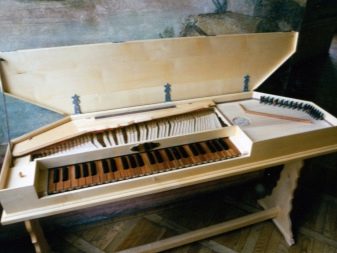
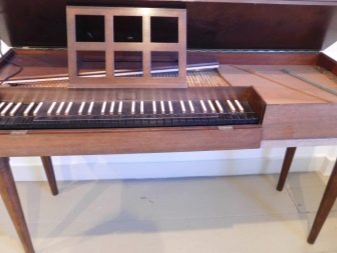
Clavichord and modernity
These days the clavichord is rather exotic for listeners and performers. It is not well suited for use in large concert halls. The sound of the instrument is severely distorted when recording. Nevertheless Recently, the need for old instruments has been growing, because this is how you can comprehend baroque clavier music in its original sound.
There are many societies of early music lovers operating all over the world. More than 400 musical recordings of the playing of the clavichord have been made. Among the outstanding performers are Christopher Hogwood and Thurston Dart.
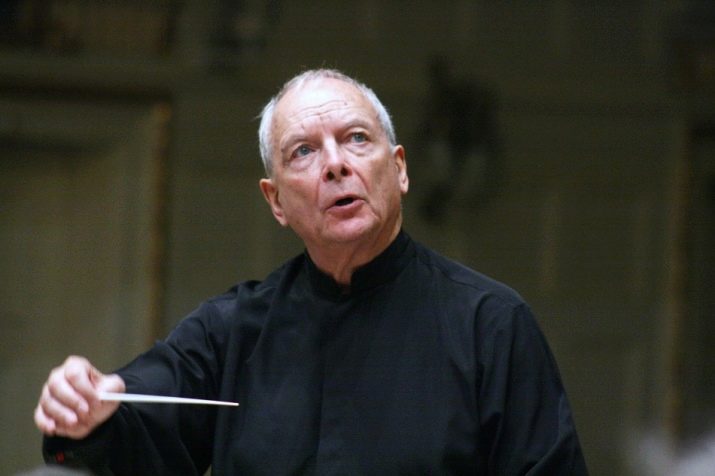
René Klemencic (and his ensemble Clemencic Consort) is a well-known promoter of early music - and in particular its performance on the clavichord. The Austrian musician and composer has a truly renaissance range of expertise in various fields of art. He gave a solo concert in Moscow on the clavichord, which he called "Tender Memories." The concert program included preambles, German songs, French chanson, Italian madrigals by authors of the 16th century.
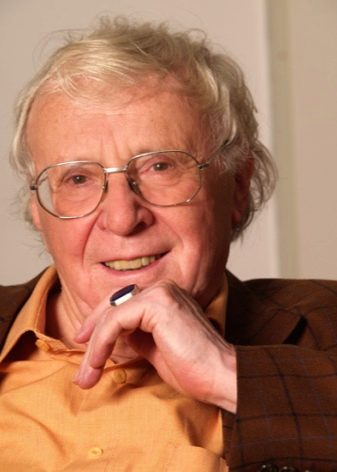
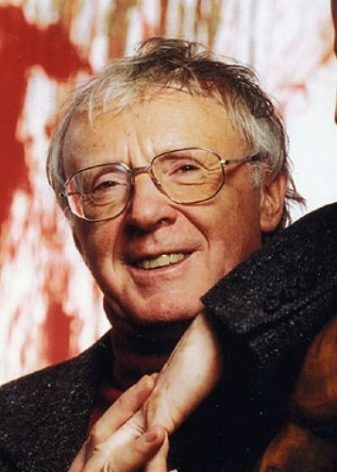
Modern listeners, accustomed to constant noise and loud music, are transported to the whimsical world of ancient melodies thanks to an amazing instrument. The sound of the clavichord is reminiscent of a lute, and the skill of Klemenchich allows to achieve a tremolating effect similar to the vibrations of a human voice.
Important! Klemenchich played the clavichord of the Russian master Dmitry Belov and highly appreciated the quality of the instrument: he held the tuning perfectly.
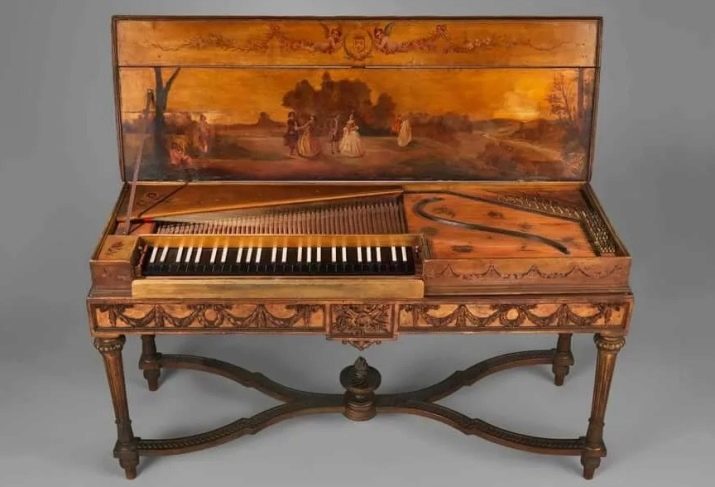
Dmitry Belov's "Klavier" workshop is the largest in Russia for the manufacture of keyboard instruments, in particular clavichords. The instruments made by the Russian master were used by such high-profile personalities in the performing classical art as: A. Kolomiytsev, M. Uspenskaya, Christopher Stambridge and Dalibor Miklavchich.
The renewed interest of the modern listener in early music allows us to hope that the wonderful clavichord instrument will delight music lovers for many years to come.
